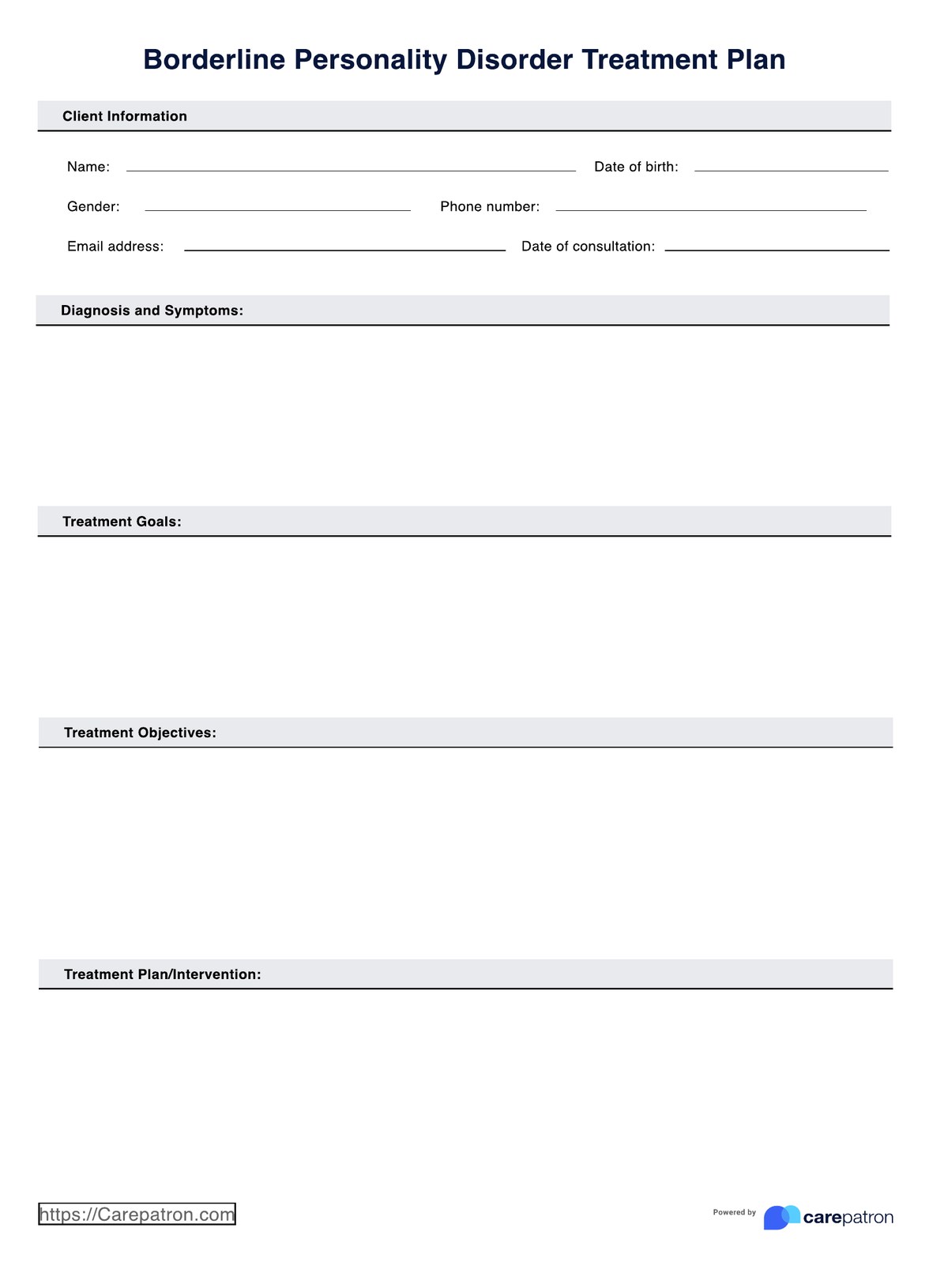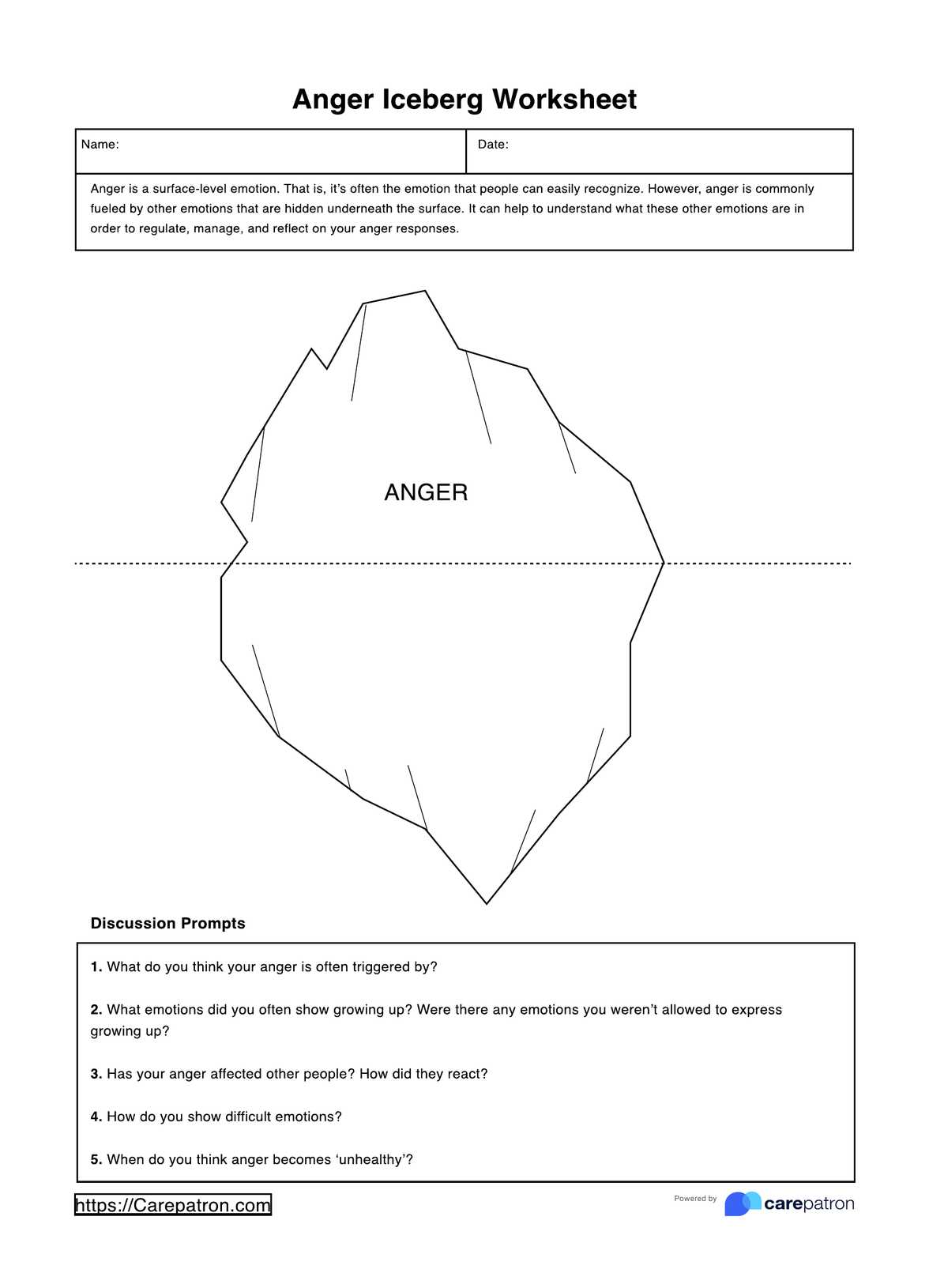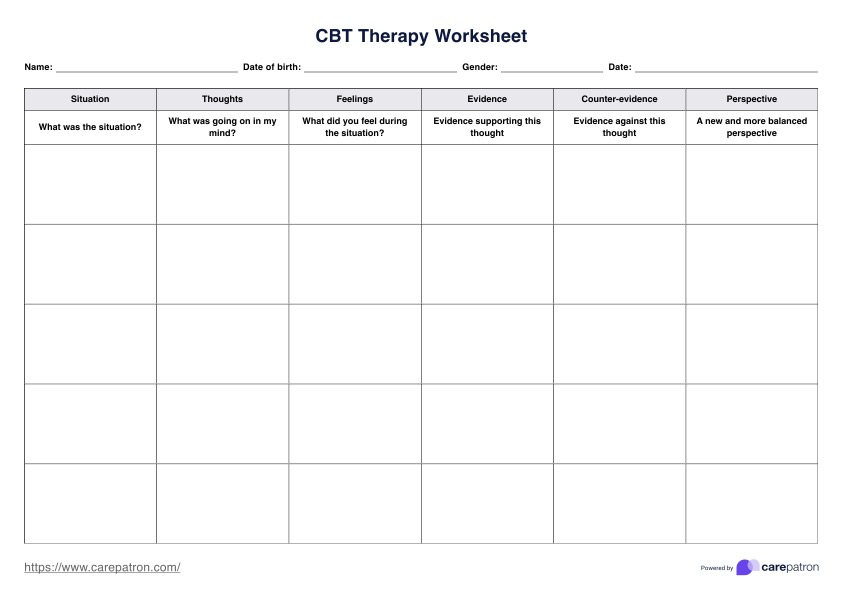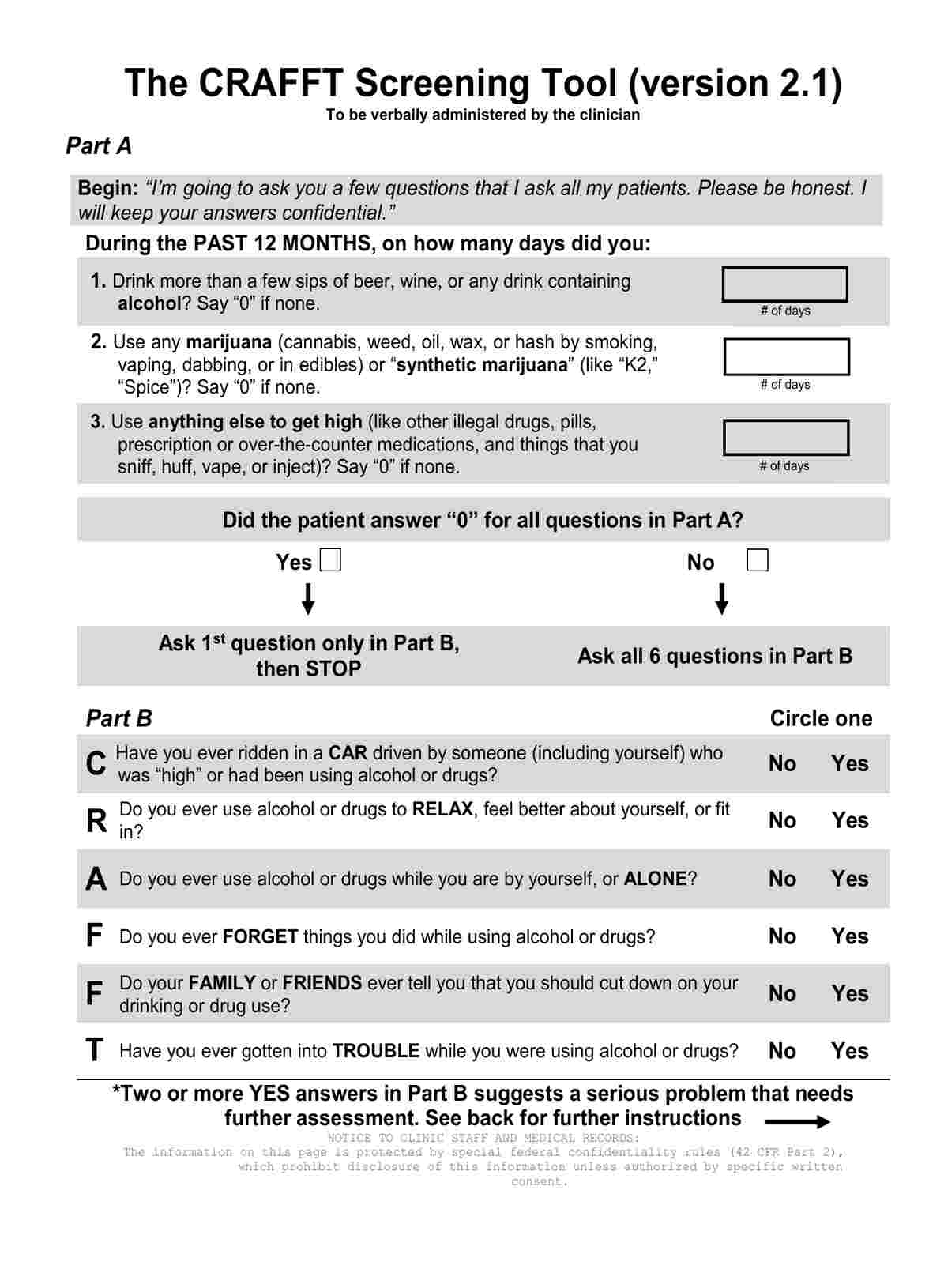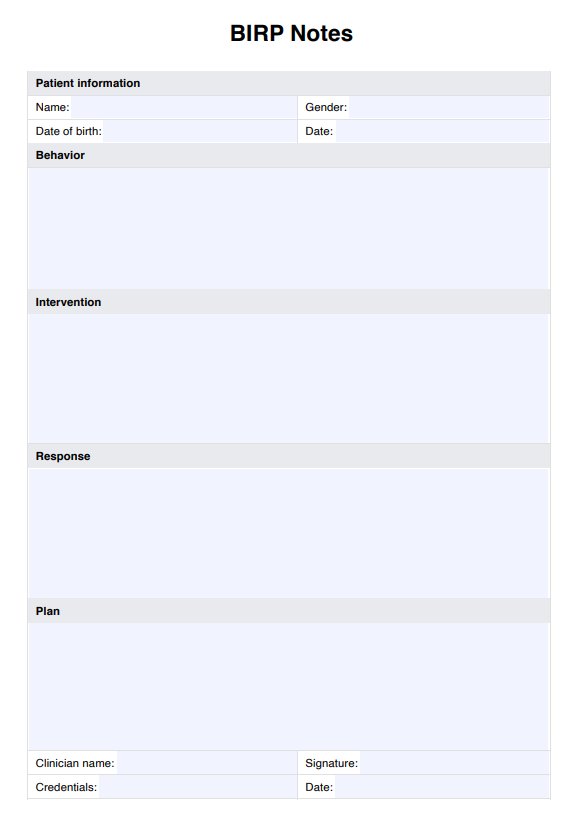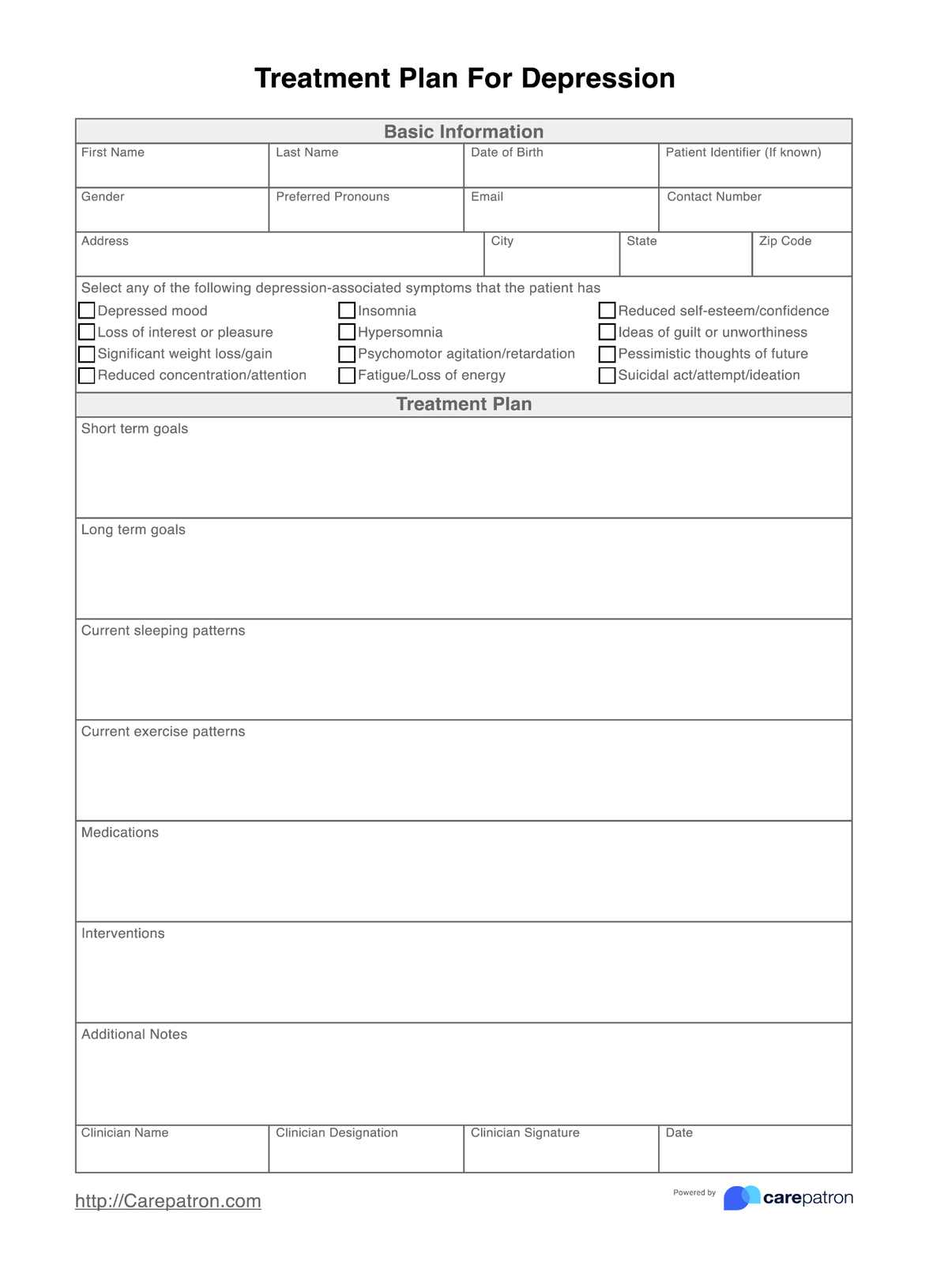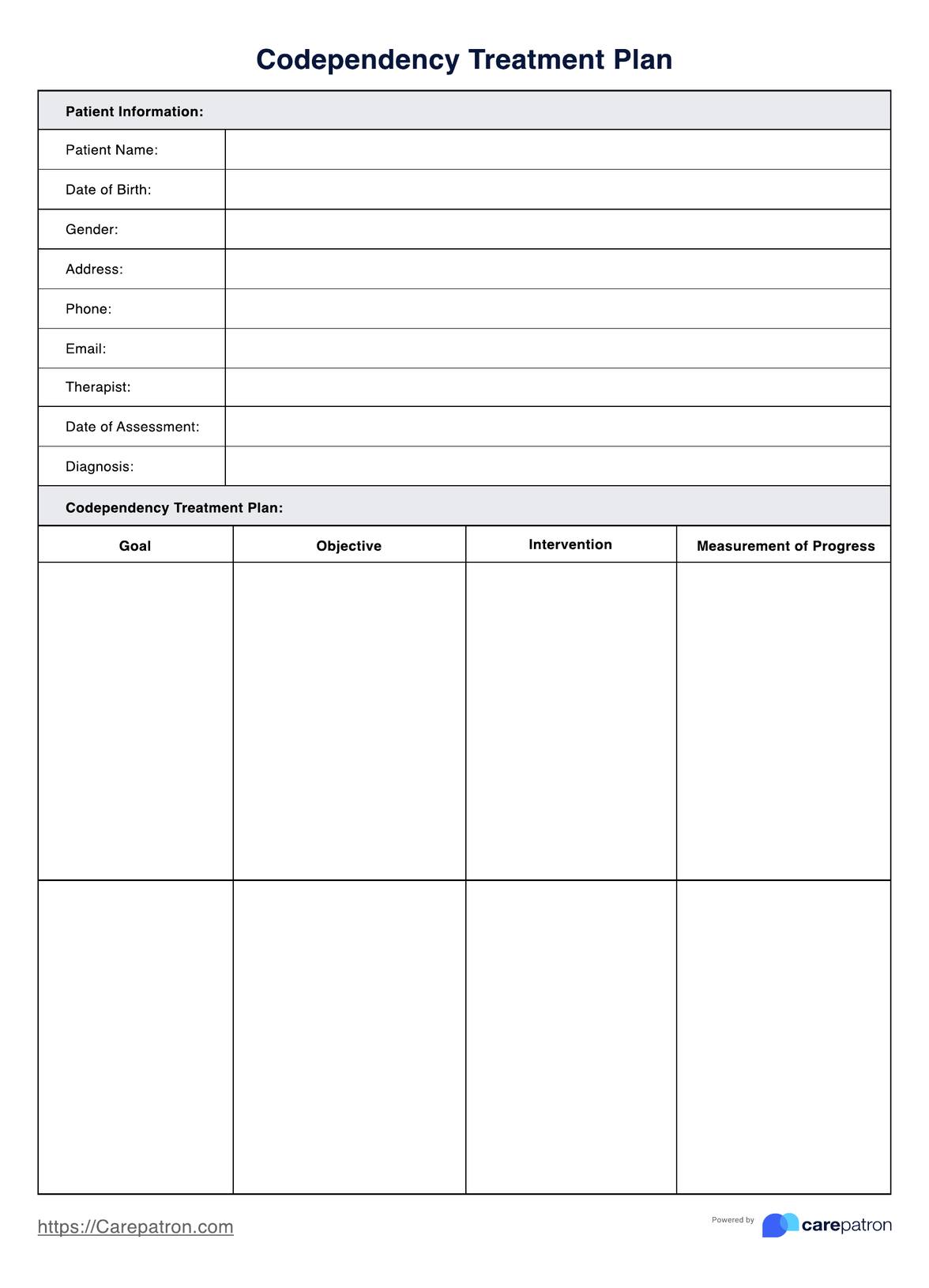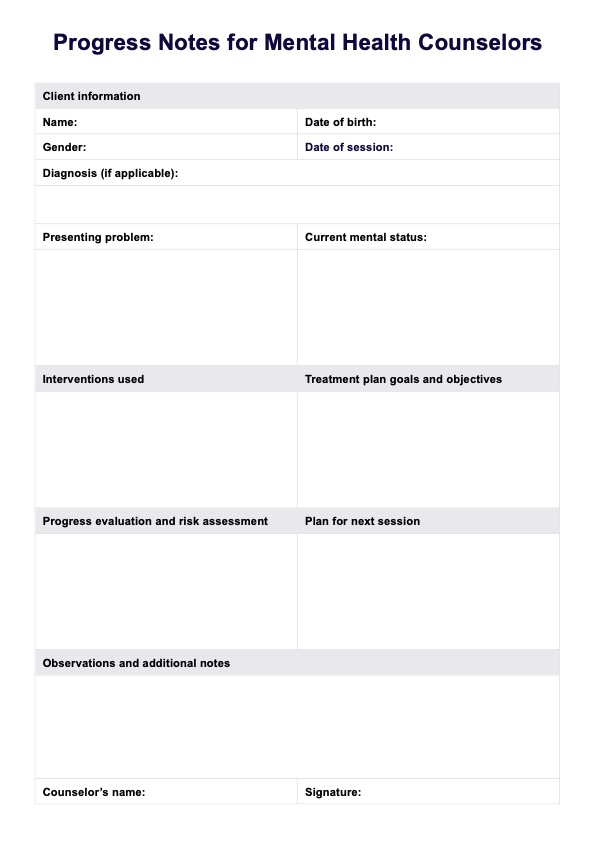Trauma Arousal PTSD Worksheet
Discover the benefits of the Trauma Arousal PTSD Worksheet—a valuable tool for managing PTSD symptoms and promoting recovery.


What is Trauma and PTSD?
Trauma is a deeply distressing or disturbing experience that overwhelms an individual's ability to cope with the emotional and psychological impact. Traumatic events can vary widely and may include natural disasters, accidents, physical or sexual assault, combat exposure, or even emotional abuse. When someone experiences trauma, it can have profound and lasting effects on their mental and emotional well-being.
Post-Traumatic Stress Disorder (PTSD) is a specific psychological condition that can develop in some individuals who have experienced trauma. PTSD is characterized by a range of symptoms that persist long after the traumatic event has occurred. These symptoms often include:
- Intrusive Thoughts: Individuals with PTSD may frequently experience distressing and unwanted memories of the traumatic event. These intrusive thoughts can be overwhelming and lead to emotional distress.
- Flashbacks: PTSD can cause individuals to re-experience the traumatic event as if it is happening now. This can be highly distressing and disorienting.
- Avoidance: People with PTSD may avoid situations, places, or people that remind them of the trauma. This avoidance can lead to social isolation and difficulty engaging daily.
- Negative Changes in Mood and Cognition: PTSD can result in persistent negative emotions, guilt, shame, and distorted beliefs about oneself or the world.
- Hyperarousal: Individuals with PTSD may experience heightened alertness, irritability, and difficulty sleeping. They may also be easily startled or have trouble concentrating.
PTSD can significantly impact an individual's quality of life, relationships, and overall functioning. It is a complex condition that often requires professional treatment, such as psychotherapy and medication, to help individuals manage and cope with their symptoms.
are crucial in tracking and coordinating the care of individuals with PTSD and other mental health conditions, ensuring they receive the appropriate support and treatment they need.
Trauma Arousal PTSD Worksheet Template
Trauma Arousal PTSD Worksheet Example
When would you use this Trauma Arousal PTSD Worksheet?
The Trauma Arousal PTSD Worksheet is a valuable assessment tool that various healthcare professionals can employ in several situations to support individuals dealing with trauma-related arousal and PTSD symptoms.
- Clinical Therapy Sessions: Mental health professionals, such as psychologists, psychiatrists, and therapists, can use this worksheet during one-on-one therapy sessions with individuals who have experienced trauma. It provides a structured framework for discussing triggers, emotional responses, and coping strategies, helping therapists tailor treatment plans to their clients' needs.
- Group Therapy and Support Groups: Group therapy sessions and support groups for trauma survivors are ideal settings to use the Trauma Arousal PTSD Worksheet. Group facilitators can guide participants through the worksheet, fostering community and shared coping strategies among individuals with similar experiences.
- Emergency Response and Crisis Intervention: First responders, paramedics, and crisis intervention teams can use the worksheet to assess individuals who have just experienced traumatic events, such as accidents or natural disasters. This can help identify immediate triggers and provide on-site support.
- Self-Help and Self-Reflection: Individuals coping with trauma and PTSD independently can use the worksheet as a self-help tool. It empowers them to recognize their triggers and emotional responses and manage strategies, facilitating self-awareness and self-guided recovery.
- Rehabilitation Centers: Healthcare professionals in rehabilitation centers, particularly those working with veterans or survivors of combat-related trauma, can incorporate the worksheet into their treatment plans. It aids in tracking progress and promoting emotional regulation.
- Routine Mental Health Checkups: General practitioners and primary care physicians can introduce the worksheet during periodic mental health assessments. This can help identify PTSD symptoms early and facilitate timely referrals to specialists.
What are the benefits of using this Trauma Arousal PTSD Worksheet?
1. Enhanced Self-Awareness and Self-Management
The Trauma Arousal PTSD Worksheet promotes self-awareness by helping individuals identify triggers, recognize emotional and physical responses, and evaluate coping strategies. This heightened self-awareness empowers individuals to manage their arousal symptoms better, ultimately leading to improved emotional regulation and greater control over their PTSD-related challenges.
2. Tailored Treatment Planning
Mental health professionals can use the worksheet to gain insights into a patient's trauma-related triggers and coping mechanisms. This information facilitates the development of highly individualized treatment plans, ensuring that therapy and interventions are aligned with the patient's unique needs and experiences.
3. Objective Progress Tracking
By regularly using the Trauma Arousal PTSD Worksheet, individuals and healthcare providers can track progress. This objective documentation of changes in triggers and responses helps measure the effectiveness of therapeutic interventions and informs necessary adjustments in treatment strategies.
4. Improved Communication in Therapy
During therapy sessions, the worksheet can serve as a visual aid, making it easier for individuals to express their thoughts and feelings about trauma. This enhances communication between patients and therapists, fostering a more productive therapeutic relationship.
5. Prevention of Escalation
Using the worksheet for first responders and crisis intervention teams can help identify immediate triggers and provide timely support. This early intervention can prevent the escalation of symptoms, reducing the risk of acute distress and harm.
6. Free Access for Broader Utilization
The availability of a free Trauma Arousal PTSD Worksheet ensures that this valuable tool can be easily accessed and utilized by a wide range of individuals, including those with limited resources. This promotes greater inclusivity in trauma recovery support.
While specific research on the benefits of the free Trauma Arousal PTSD Worksheet may not be readily available, the conceptual framework of similar worksheets and the clinical experience of mental health professionals suggest its potential to significantly contribute to assessing and managing trauma-related arousal and PTSD symptoms.
Employing this relaxation techniques template and PTSD worksheet template can advance your practice and client progress.
Commonly asked questions
The time required to complete the Trauma Arousal PTSD Worksheet can vary depending on individual experiences and the depth of reflection. On average, filling out thoroughly may take 20-30 minutes.
The Trauma Arousal PTSD Worksheet can typically be accessed online through various mental health resources, therapy providers, or healthcare platforms. It may be available as a downloadable PDF or within specialized therapy apps.
The Trauma Arousal PTSD Worksheet is best used when an individual wants to gain insight into trauma-related triggers, emotional responses, and coping strategies. It's particularly beneficial during therapy sessions or as a self-help tool for ongoing self-reflection.
The Trauma Arousal PTSD Worksheet is designed for individuals who have experienced trauma and exhibit heightened arousal symptoms, particularly those with PTSD. It can be used by trauma survivors, mental health professionals, support groups, first responders, and crisis intervention teams to aid in assessment and management.


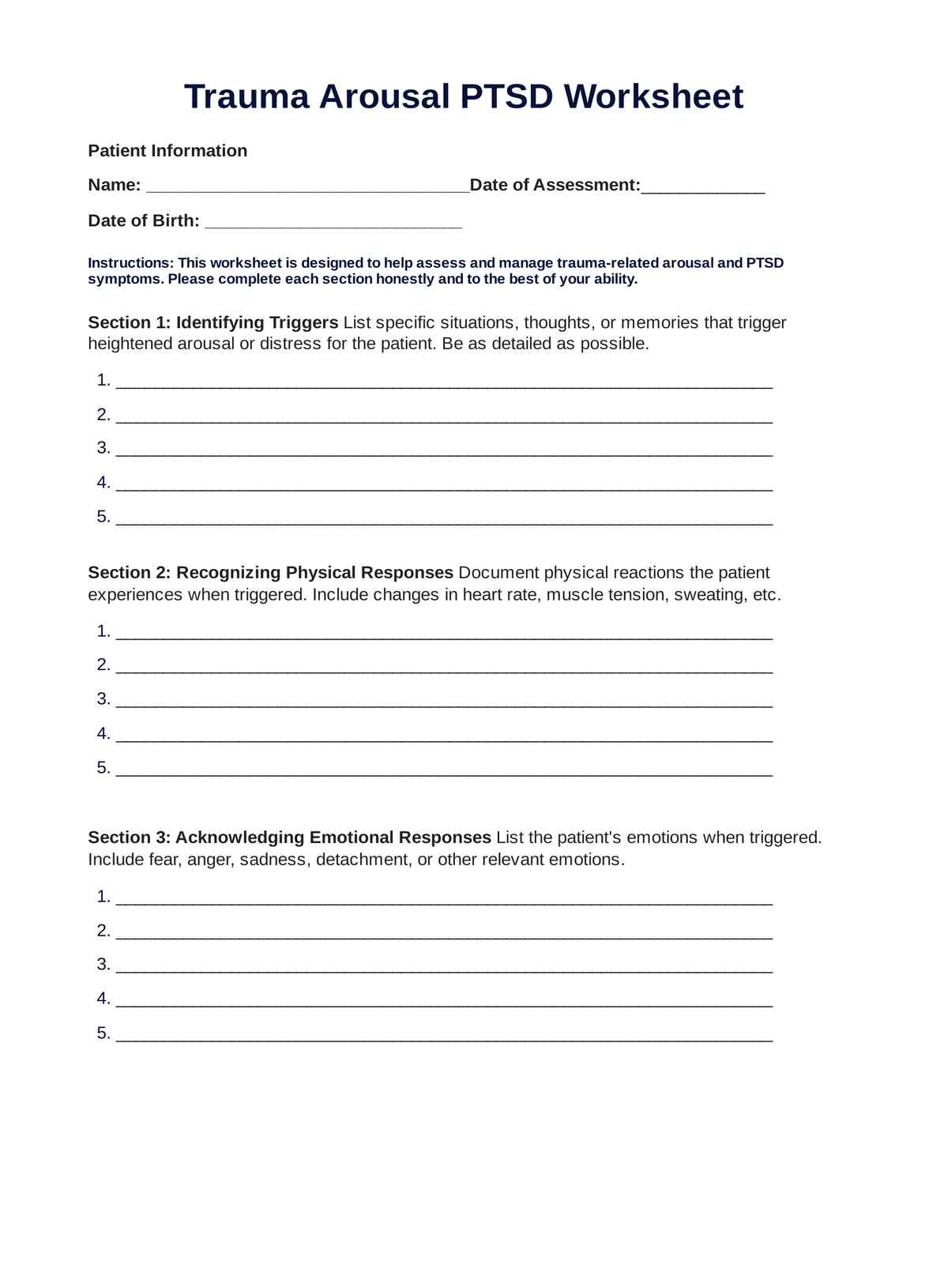
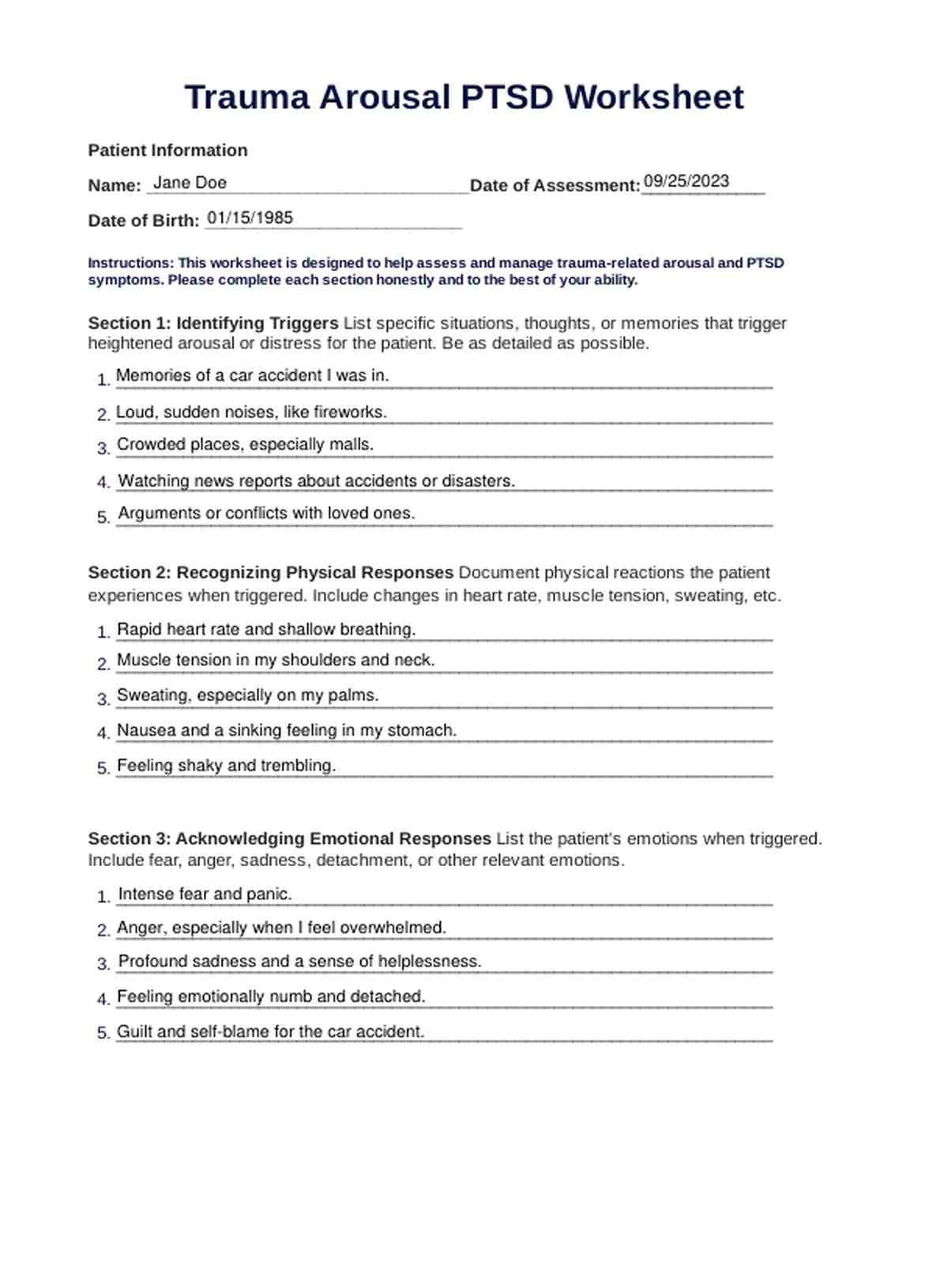

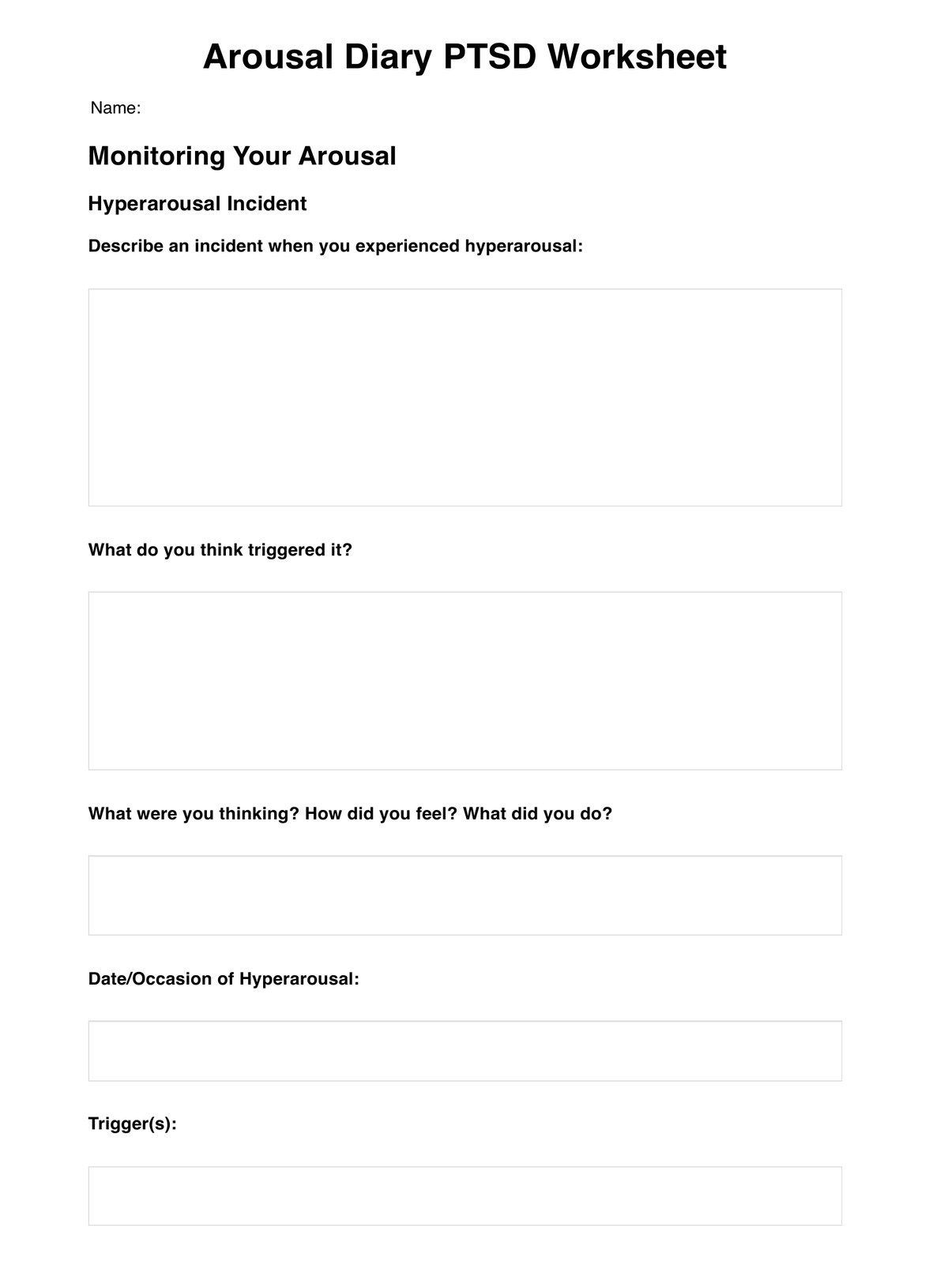















-template.jpg)




















































































